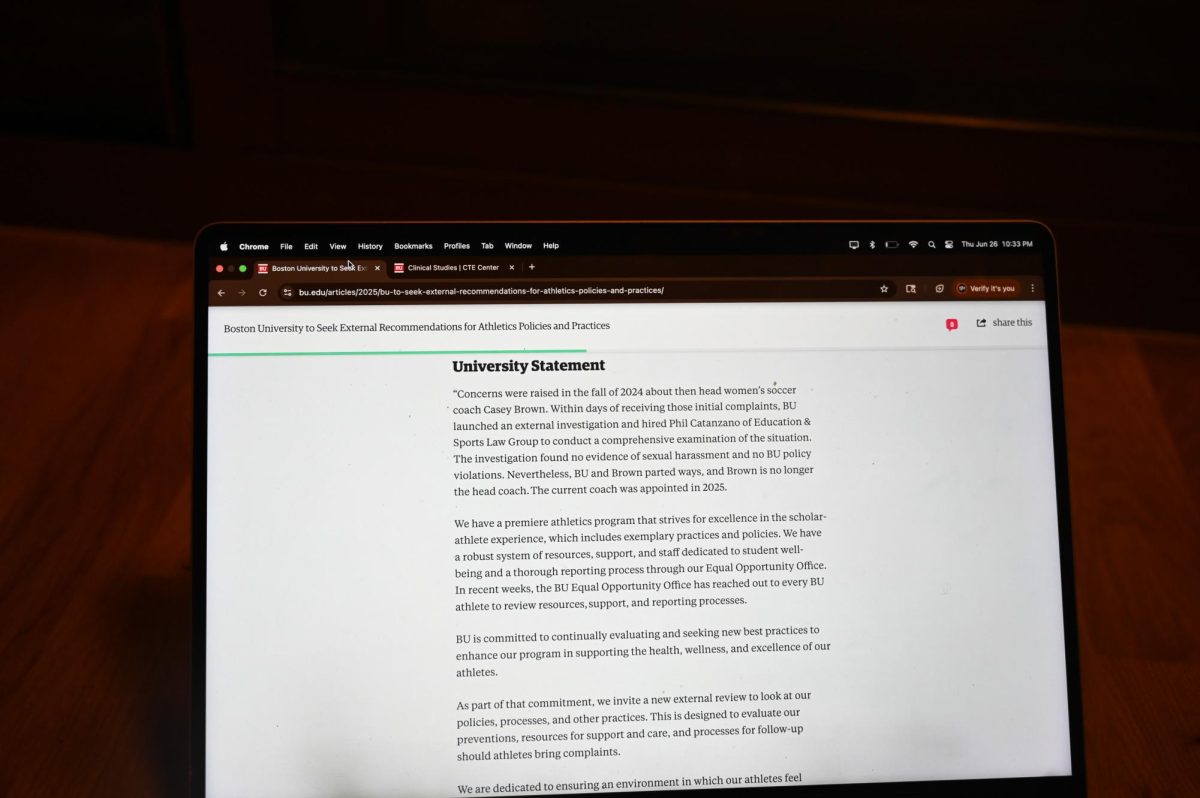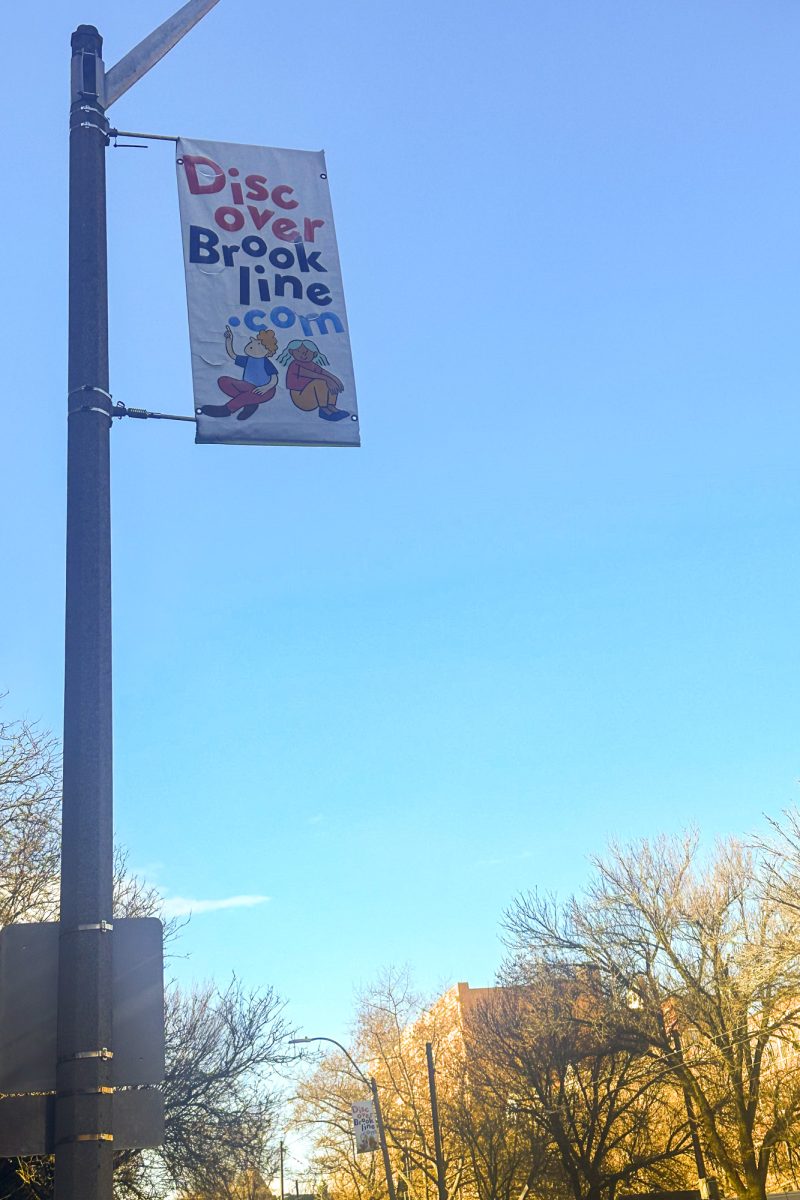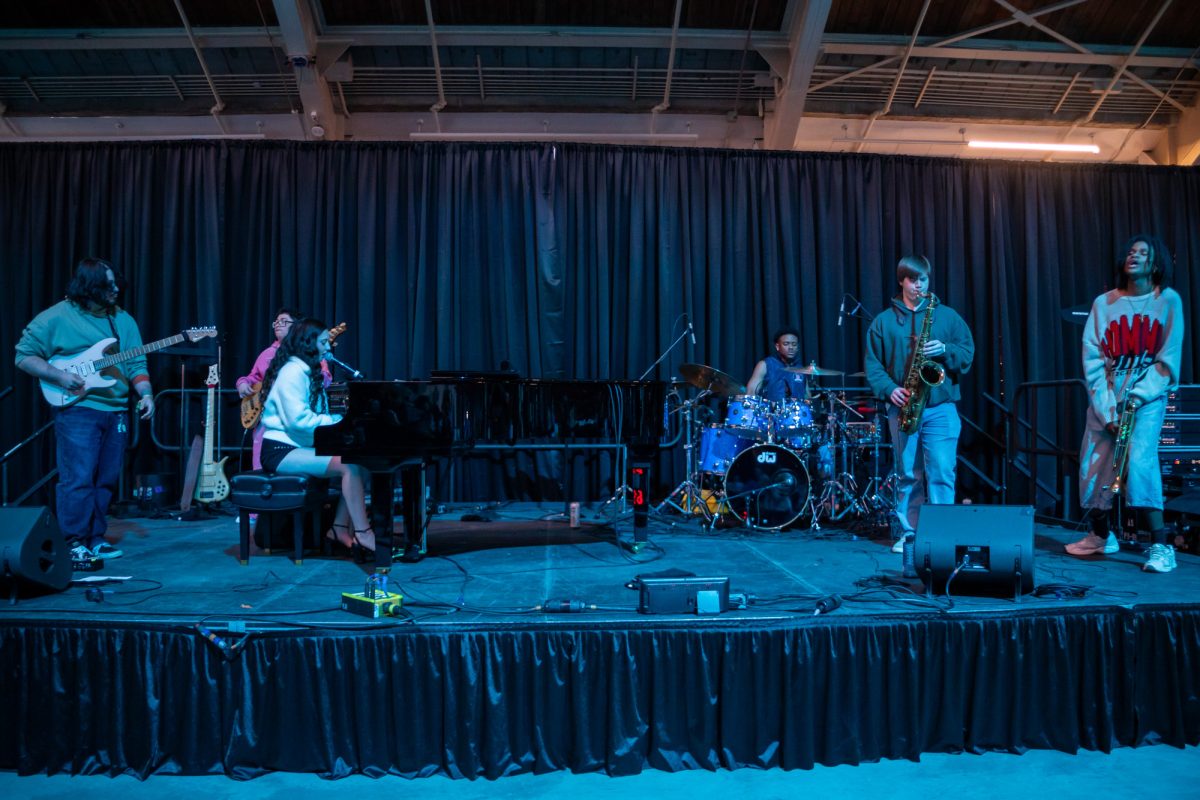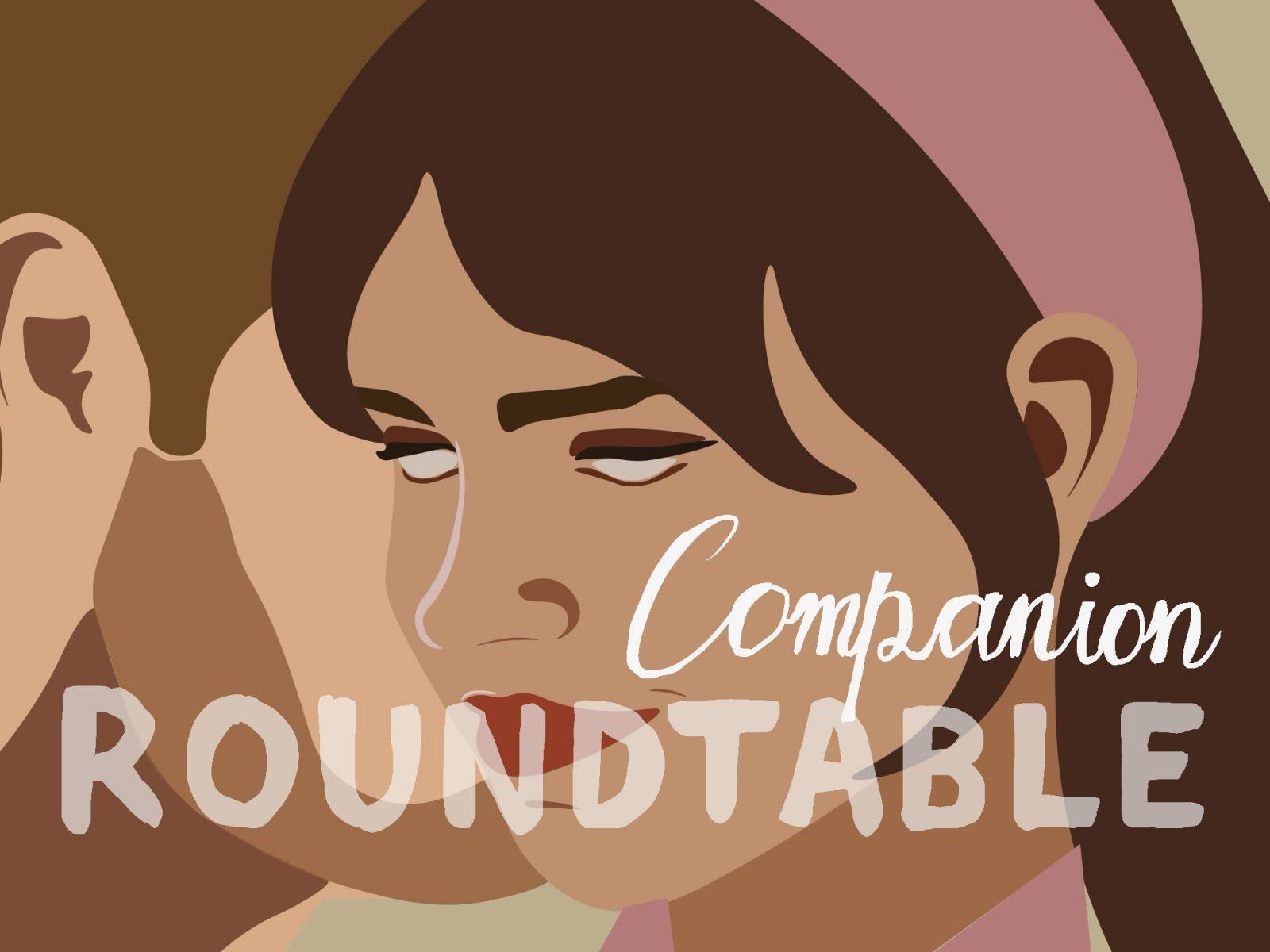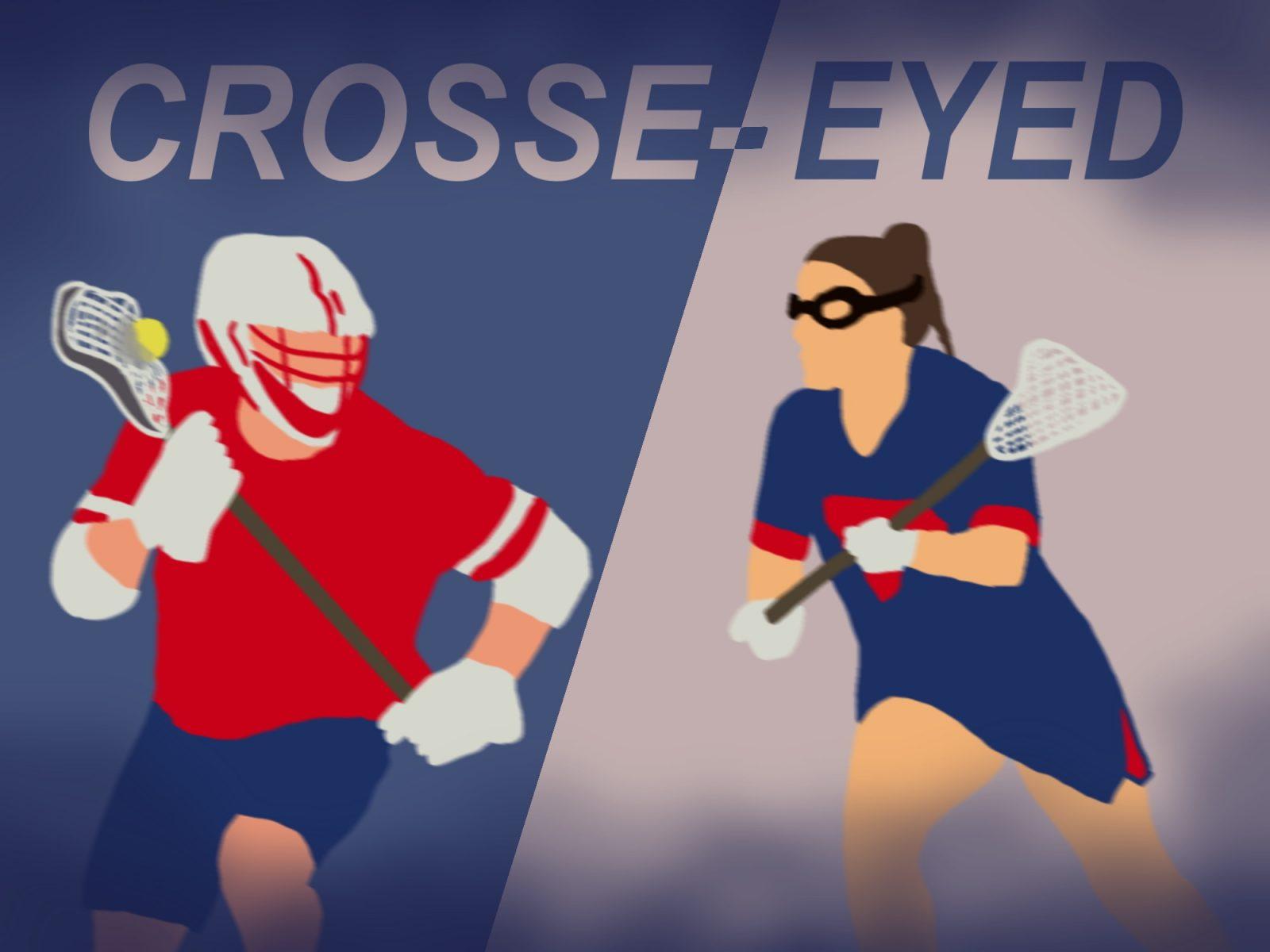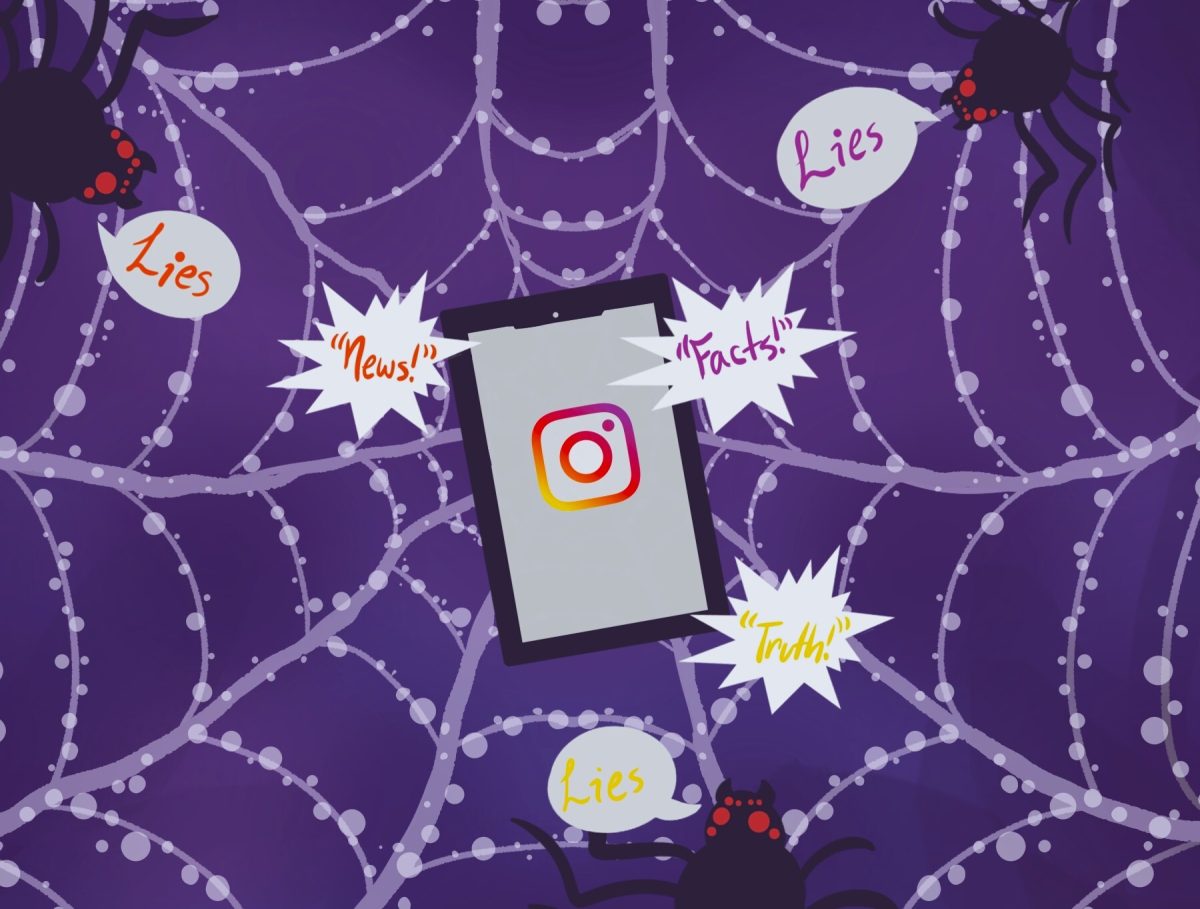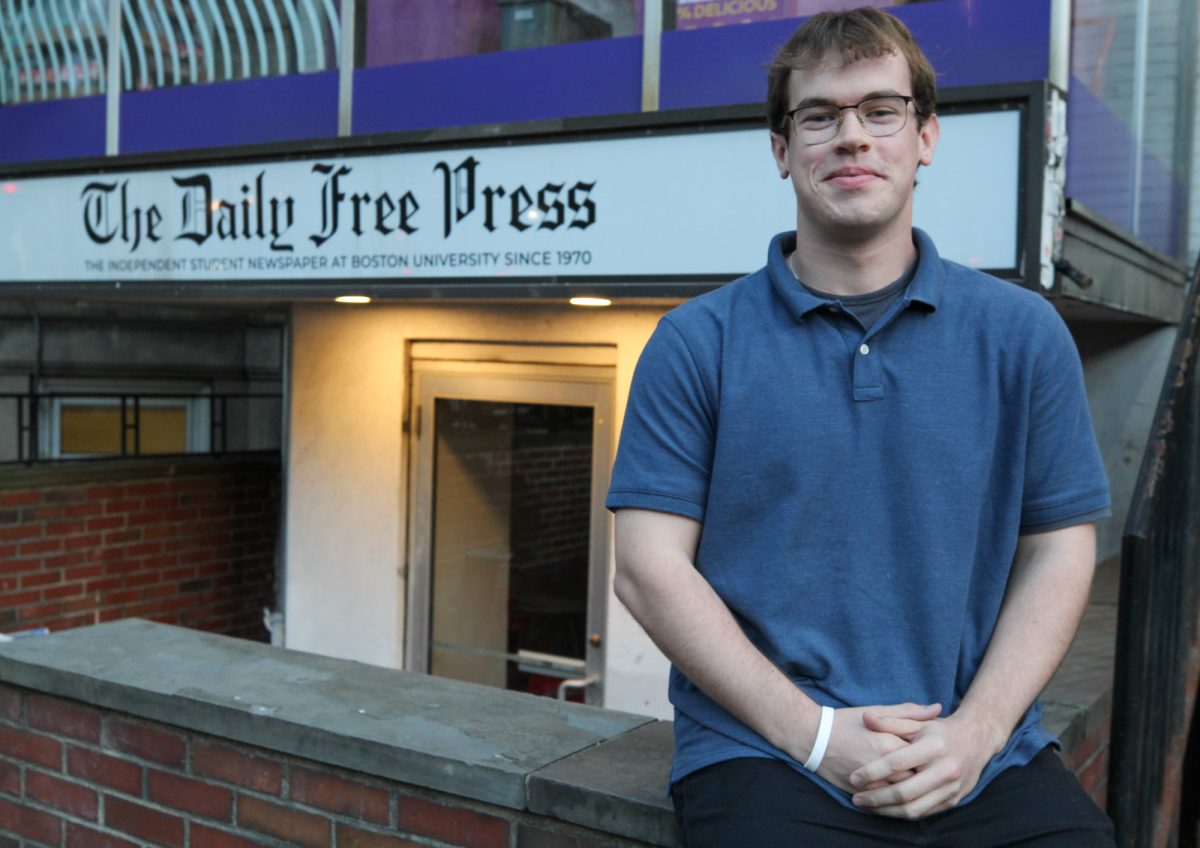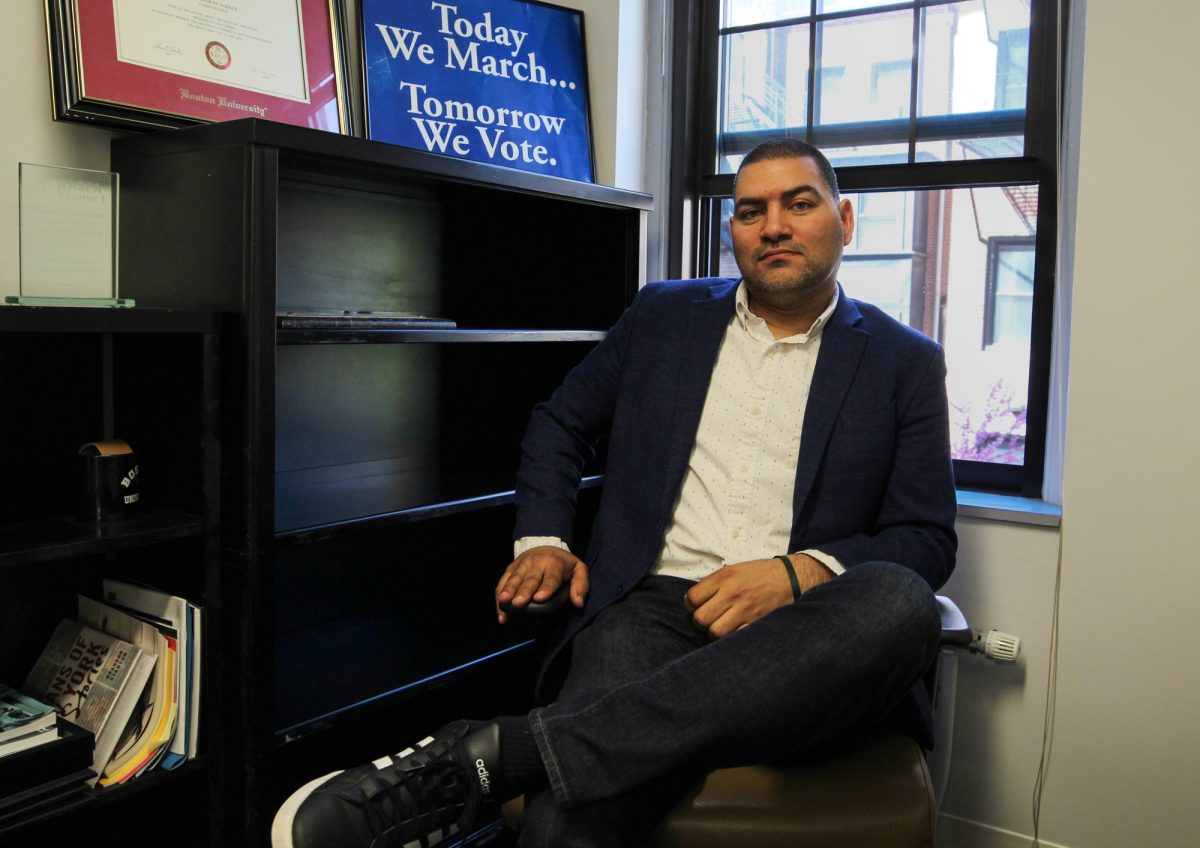On Feb. 20, the Federal Reserve Bank of New York published December 2024 underemployment data. The data presented a 38.7% underemployment rate for recent college graduates, reaching a near two-year minimum.
According to the Fed, the underemployment rate is “the share of graduates working in jobs that typically do not require a college degree.” Those who are underemployed could simply be working in a field other than what they pursued their degree in.

For example, an English major working as a barista at Starbucks is considered an underemployed individual. This is a classic and quite redundant example of underemployment, as many people harshly describe fields like the humanities and soft sciences as “useless.”
Is the future really that grim for non-STEM students?
The Fed numbers and my thoughts say otherwise.
First, the discourse around “useless” majors is fundamentally flawed. The liberal arts and humanities have driven societies for centuries. Some argue that pursuing these majors represents a waste of time and money, but to who?
This argument stems from the microeconomic concept of utility. Utility refers to the satisfaction one derives from a certain action, good or service, interaction, et cetera, measured in meaningless units called “utils.” Utility theory is a relatively abstract concept, but it can be applied to real life pretty easily.
In this case, an English major may obtain lots of utility from studying what they love. Meanwhile, the miserable math major derives virtually zero utility from their studies.
This brings us to the next key economic concept — trade-offs. Some may argue that a STEM degree is more practical than a liberal arts degree due to higher salary potential. In this context, the English major loses out.
Math and sciences majors boast an average starting salary between $60,070-$73,526. Conversely, the starting salary for humanities majors is merely $44,086-$56,382. The tail end of STEM average starting salaries beats out the highest average starting salaries for humanities majors by nearly $4,000.
This whopping difference adds some merit to the pro-STEM major argument, but numbers alone do not show the whole picture.
Literature, creative writing and similar fields are essential to developing a well-rounded educational experience. We need the writers and artists of the future to ensure that we do not become over-absorbed with mathematical modelling without understanding why we are conducting that modelling and the social phenomena that drive it.
We need non-STEM students to provide meaning and context to technical problems. So what pathways do non-STEM students have to avoid being included in the underemployment figure?
Despite its uncertain future, academia is a direct pathway for students seeking a career in the humanities. Qualitative research is essential in a world crowded by quantitative methodologies. These methods allow for human-driven research conducted by individuals who are truly passionate about their findings.
In a world increasingly reliant on technology and AI, we need communicators and orators to emphasize human relationships and foster interpersonal connections. Chances are, most people will remember someone’s personal anecdote of their fieldwork experiences rather than a formulaic overload of numerical data.
While I understand proponents of STEM superiority, my qualitative courses were the ones that made the largest impact on my research interests.
As someone with a highly quantitative course load, I decided it was time for me to branch out this semester and take economics-adjacent courses in sociology and international relations. These courses brought a purpose to my economics background and helped me understand broader societal relationships that shape our economy — relationships can rarely be explained by mathematical, economic models that rely on unrealistic assumptions.
Although mathematical models are extremely useful in many cases, it is unfortunate that economics has shifted to a STEM-adjacent field. After all, economics is a social science.
As an economics student, I have grown frustrated with the lack of historical, sociological, political and cultural background that my courses provide as I am forced to memorize graphs and equations.
If nothing else, consider this a call for STEM majors to pick up a humanities minor or for humanities and social science majors to pick up a STEM minor. These fields are complementary and not mutually exclusive.
Well-rounded, balanced coursework brings out the best of both worlds, producing compelling research that has a generational impact.

